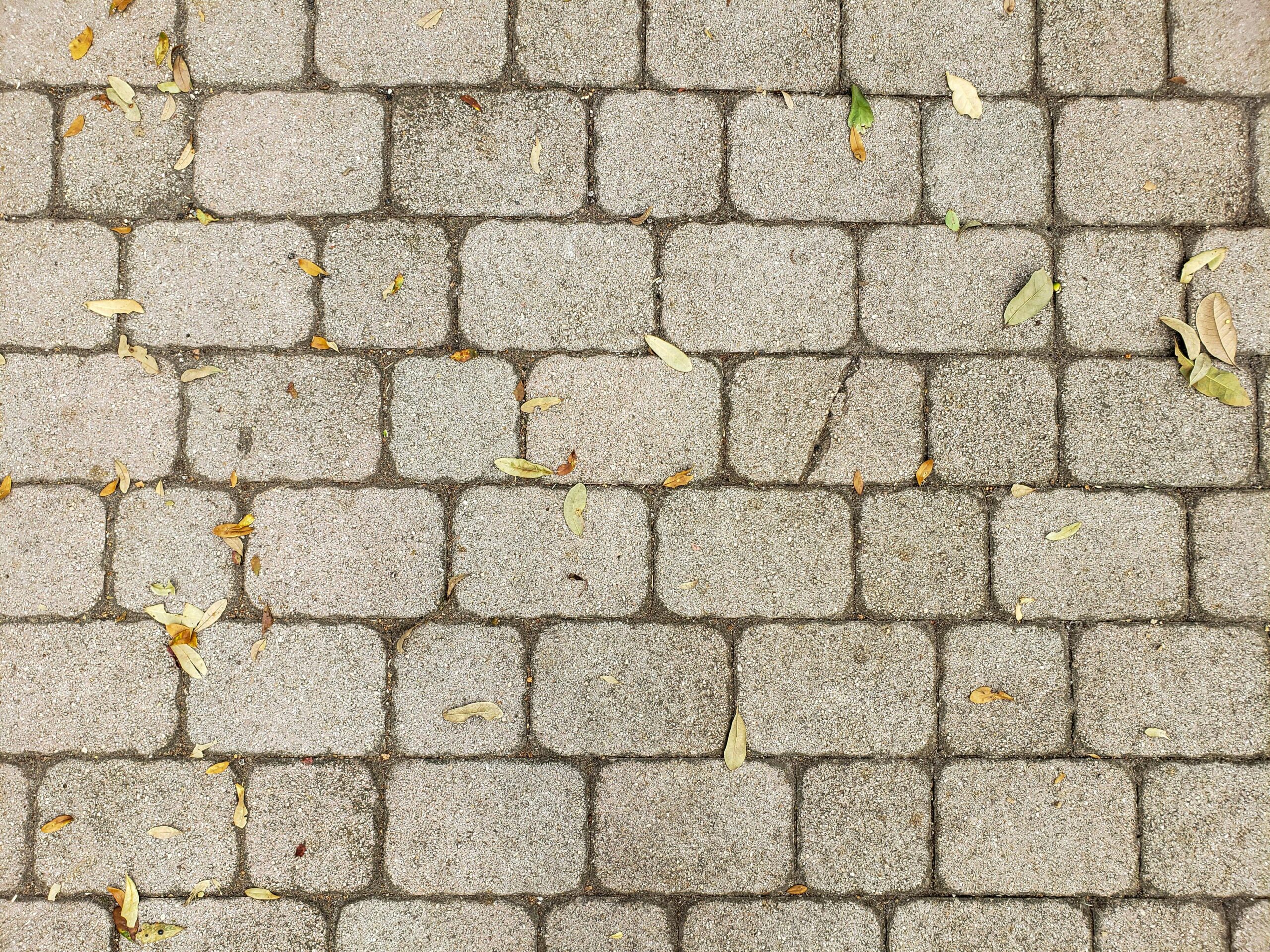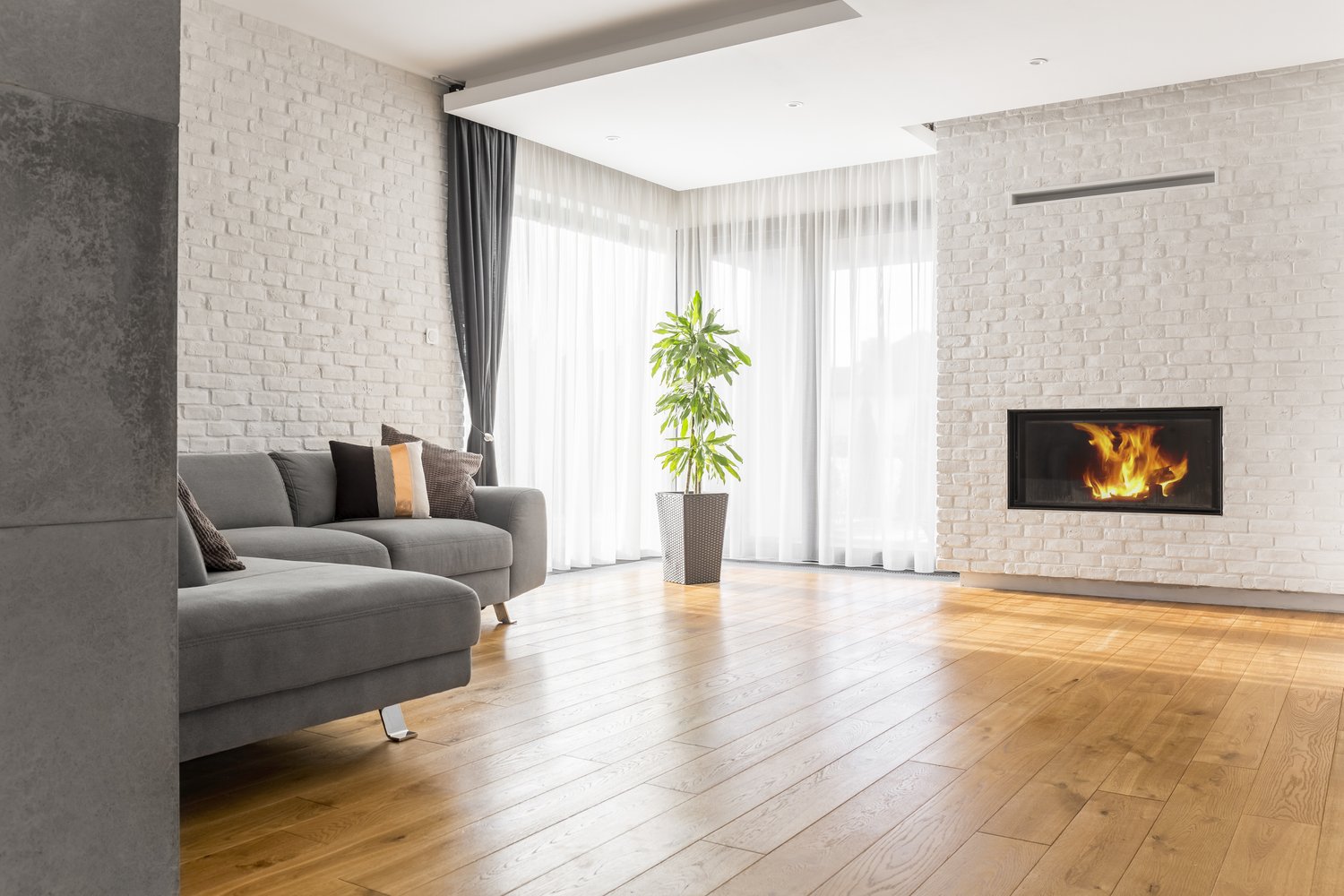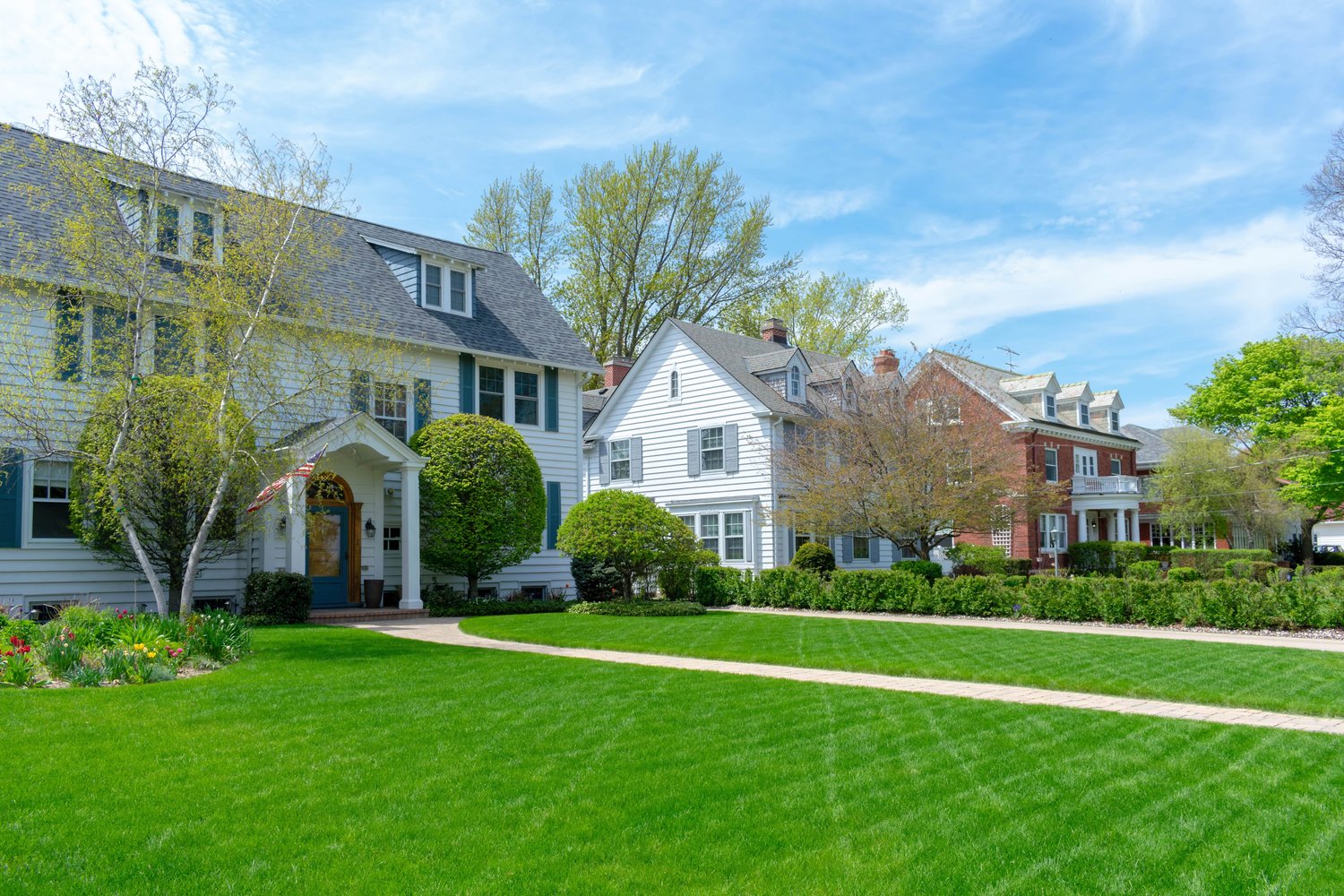Selecting the perfect pavers for your outdoor living spaces can significantly enhance your home’s aesthetic appeal and functionality. Whether you’re planning to revamp your patio for entertaining or create an inviting walkway through your garden, the material, shape, size, and color of your pavers will influence both the look and longevity of your project. This comprehensive guide explores various paver options—from concrete and brick to natural stone—helping you make an informed decision that aligns with your style preferences, practical needs, and budget constraints.
Understanding Paver Materials
When you begin to choose patio pavers, the first consideration should be the material. Each type offers distinct advantages and challenges. Concrete pavers are arguably the most versatile and cost-effective option available today. Manufactured to precise specifications, they come in countless shapes, sizes, and colors, making them suitable for nearly any design aesthetic. Modern manufacturing techniques allow concrete pavers to mimic more expensive materials like natural stone or brick, giving you high-end looks at a fraction of the cost. They’re durable in most climates and relatively easy to install, which makes them a popular choice for DIY enthusiasts.
Brick pavers offer timeless appeal with their warm, earthy tones and classic rectangular shape. Made from clay that’s fired at high temperatures, these pavers are incredibly durable, often lasting for generations with minimal maintenance. When comparing concrete vs brick pavers, the latter typically offers superior color retention as the color runs throughout the material rather than being applied as a surface treatment. Brick tends to be more expensive than concrete but less costly than most natural stone options. Their traditional appearance works particularly well with colonial, Victorian, and craftsman-style homes.
Natural stone paver options provide unmatched beauty with unique variations in color, texture, and pattern that manufactured alternatives simply cannot replicate. Common stone varieties include limestone, bluestone, granite, travertine, and slate. Each stone type has its own characteristics regarding durability, porosity, and slip resistance. While natural stone pavers generally represent the highest initial investment, many homeowners find the distinctive elegance and exceptional longevity worth the premium price. For guidance on selecting the best natural stone for your specific environment and usage patterns, consulting with experts at AskHomey can provide valuable insights tailored to your situation.
Selecting Shapes and Sizes
The dimensions and shapes of your pavers significantly impact both the installation process and the finished appearance of your project. When deciding on the best pavers for walkway areas, consider how the shape will influence the path’s flow and functionality. Rectangular pavers laid in a running bond pattern create a sense of direction, naturally guiding visitors along the intended route. Conversely, square pavers arranged in a grid pattern offer a more formal, structured appearance suitable for contemporary landscapes.
Irregularly shaped pavers, often called flagstones, provide a naturalistic, organic feel ideal for garden paths and rustic settings. For high-traffic areas, larger pavers typically perform better than smaller units, which may shift more easily under repeated pressure. However, smaller pavers offer greater flexibility when working around curves or creating intricate designs.
For patios, consider how the paver size relates to the overall scale of your outdoor space. Large-format pavers can make a small patio appear more spacious by reducing the number of joint lines. In contrast, smaller pavers might be better suited to detailed patterns or circular designs that add visual interest to expansive areas.
Color Considerations and Design Harmony
The color of your pavers plays a crucial role in creating cohesion between your outdoor spaces and your home’s architecture. When you choose patio pavers, look to your home’s exterior materials and color palette for guidance. Complementary colors create a harmonious transition between structures and landscapes, while contrasting colors can define spaces and create focal points.
Remember that darker pavers absorb more heat, which could be beneficial in cooler climates but potentially uncomfortable in hot regions. Lighter colors reflect sunlight, keeping surfaces cooler but also showing dirt and stains more readily. Variegated or blended colors help disguise dirt and minor staining between cleanings.
Consider how your paver color will appear in different lighting conditions. What looks perfect on a sunny afternoon might appear dramatically different during evening gatherings under artificial light. Take samples home and view them at different times of day before making your final selection.
Practical Considerations: Durability and Maintenance
Beyond aesthetics, practical factors should influence your paver selection. In regions with freeze-thaw cycles, choose pavers specifically rated for cold-climate durability. For pool decks or areas that frequently get wet, prioritize non-slip surfaces to prevent accidents.
Maintenance requirements vary significantly between materials. Concrete typically requires sealing every few years to prevent staining and fading. Brick generally needs less maintenance but may develop moss in shady, damp locations. Natural stone maintenance depends on the specific stone type—some require regular sealing while others are naturally resistant to staining and weathering.
Installation complexity and cost should also factor into your decision. Some materials and patterns require professional installation, potentially adding significantly to your project budget. Always factor in both material and labor costs when planning your paver project to avoid budget surprises.
For more tips and to connect with reliable home service professionals, follow AskHomey on Facebook and Instagram.



